Today would have been Yuri Kondratyuk’s 126th birthday. He was a globally renowned scientist who, in the early 20th century ardently advocated possibility and necessity of space travel. He is the author of the so-called Kondratyuk’s Trace, which guided the Apollo spacecraft on its journeys.
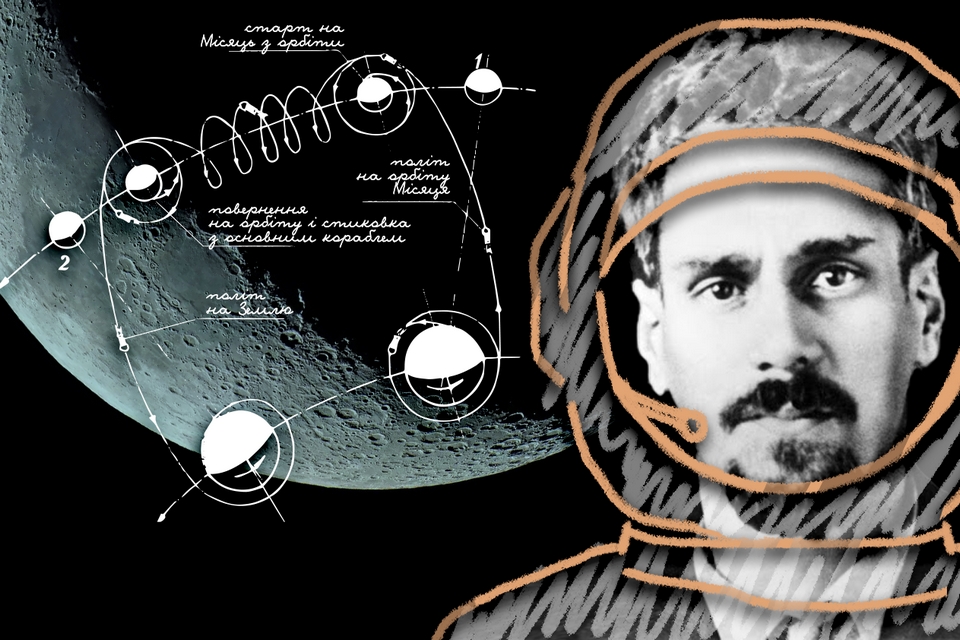
We have prepared 10 facts about the scientist, whose name was long forgotten in his homeland, but whose theoretical and experimental work helped humanity reach the Moon.
Cosmic Pioneer from Poltava
The future genius was born on June 23, 1897, in Ukrainian city of Poltava. His mother, Lyudmila Lvivna Sharhey, was a French language teacher, and his father, Ignatius Benediktovich Sharhey, was a devout Catholic and eternal student.
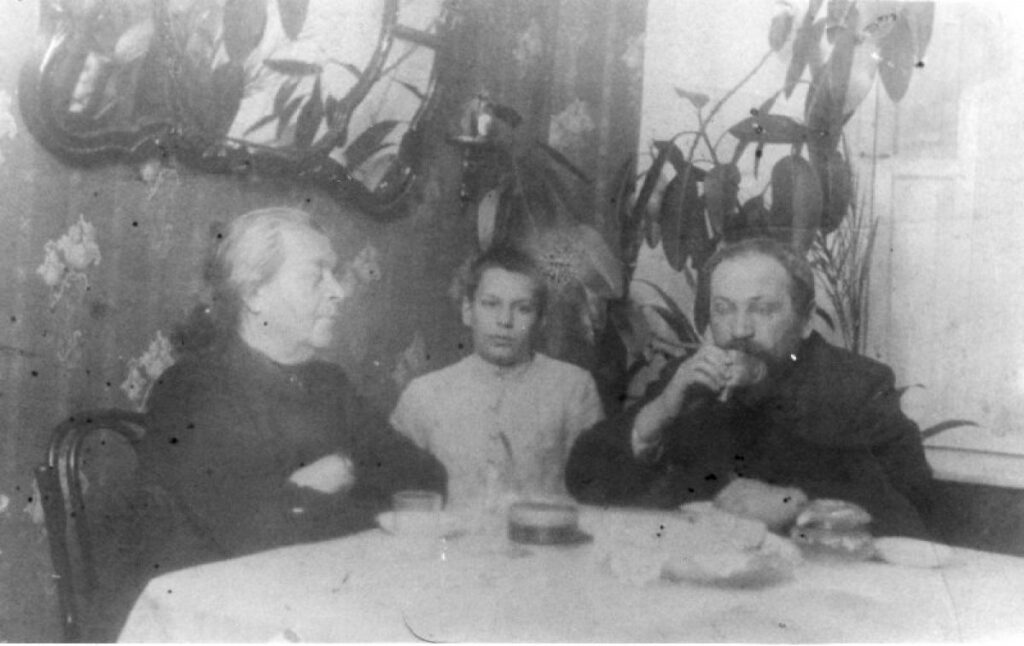
Kondratyuk’s mother had a tragic fate. Once, she joined a crowded protest demonstration and ended up in prison, but due to her pregnancy, she was released. During her time behind bars, she became mentally ill. When giving birth to her son, she was already mentally unstable. She died in a mental institution when Alexander (the real name of Yuri Kondratyuk) turned 12.
His father played only an episodic role in raising the boy. Actually, he left the family shortly after his son’s birth. He went to study at the Kyiv and St. Petersburg universities and later moved to Germany. He died in the same year as Lyudmila Sharhey.
Twelve-Year-Old Alexander became an orphan and returned to Poltava, where he was raised by his grandmother and her second husband.
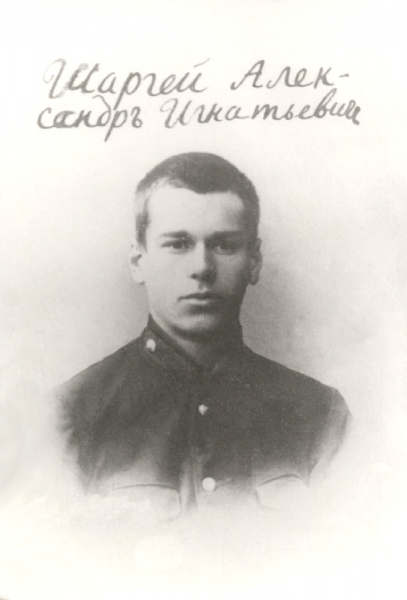
The future inventor became a student at the Second Poltava Male Gymnasium and later enrolled in the Mechanical Department of the Petrograd Polytechnic Institute. After studying for only two months, he was conscripted into the Tsarist army and assigned to the Officer Cadet School. He then participated in the war and stayed on the Caucasian front until March 1918.
After the communist revolution in Russia, Kondratyuk tried to return to his hometown, but was detained on his way by a Tsarist patrol and mobilized into the Tsarist Army.
Changing Name
The scientist’s real name was Alexander Ignatovich Sharhey. Yuri Kondratyuk was an alias he had to adopt for the sake of secrecy, to avoid persecution for his involvement in the Tsarist Army. Elena Petrovna Kareeva, his stepmother, obtained documents from her deceased acquaintance, Yuri Vasilyovich Kondratyuk. In 1921, it was quite easy to disguise under a false name, as millions of people perished or vanished without a trace.
Lunar orbit rendezvous (Kondratyuk Route)
In 1929, in Novosibirsk, Yuri Kondratyuk published the book “Conquest of Interplanetary Space” at his own expense, with a print run of 2,000 copies. This publication brought him worldwide fame.
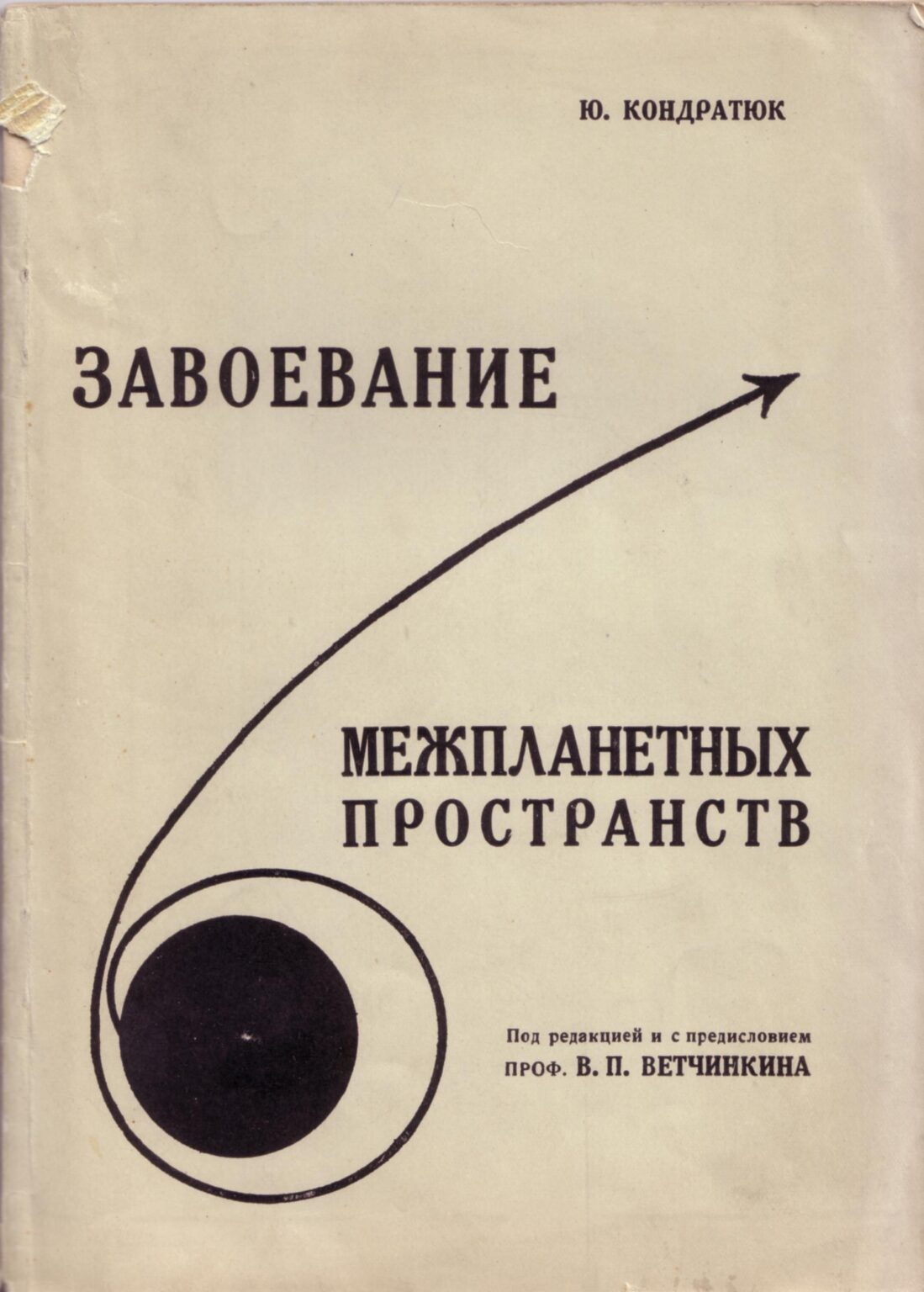
In this book, the scientist, for the first time, laid out the sequence of stages for space exploration and calculated the optimal trajectory for a spaceship to reach the Moon. Kondratyuk proposed a vertical ascent of the rocket through the dense layers of the atmosphere, followed by its entry into Earth’s orbit along a specific trajectory. NASA used these calculations in the Apollo lunar program, and the trajectory proposed by the scientist was later named the Kondratyuk’s Route.
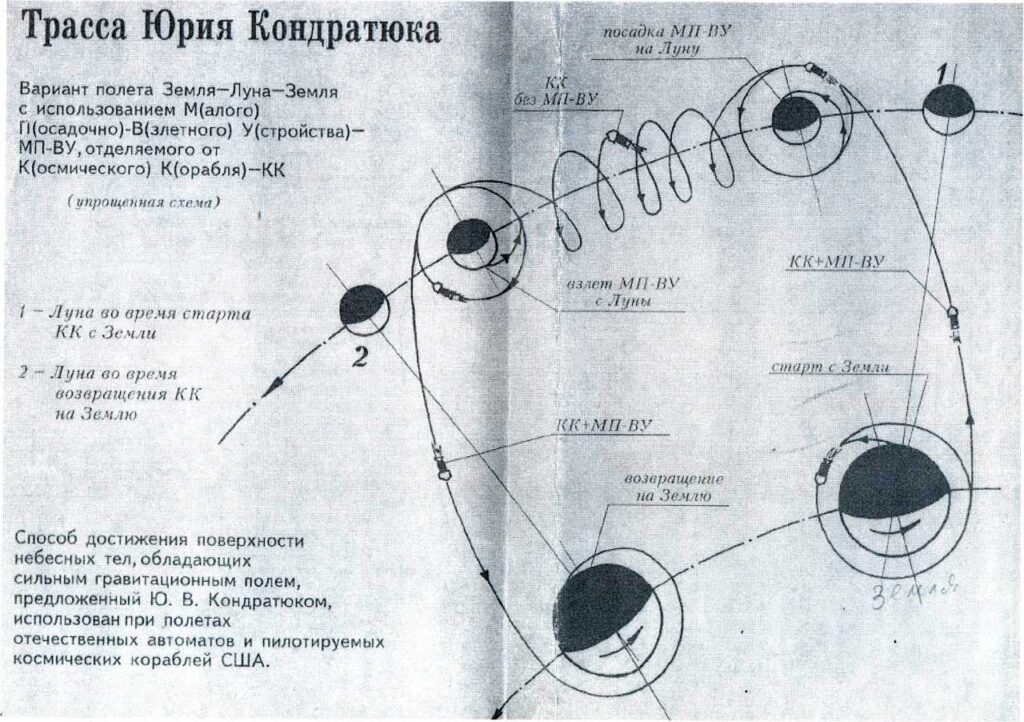
Additionally, the scientist suggested sending a crew of three to the natural satellite of Earth: two in a special module would reach the lunar surface, while the third would remain in the spacecraft in lunar orbit. Forty years later, Americans (Neil Armstrong, Michael Collins, and Edwin Aldrin) followed the same scheme.
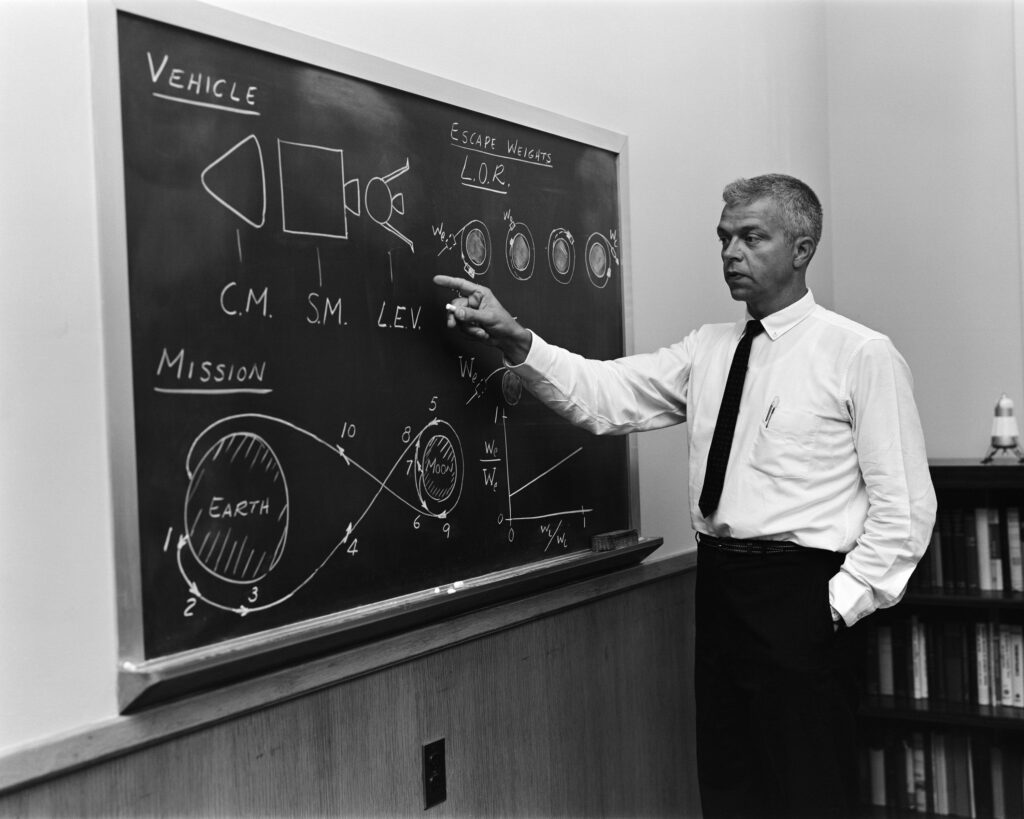
John Houbolt, one of the leaders of the American space program, remarked, “Approximately 50 years ago Kondratyuk calculated that the separation scheme of the last module from the carrier spaceship is the energetically better method for landing on the Moon.”
Kondratyuk designed the world’s largest grain elevator without metal or nails
For a long time, Yuri lived in Western Siberia, where he worked on the design and construction of elevators. In 1930, he built the Mastodon, the largest grain storage facility in the world, capable of holding over 10,000 tons of grain. For this, he was arrested along with district engineer Peter Gorchakov. They were accused of sabotage because the elevator was constructed using a log cabin principle without metal or nails. The accusation stated that this was done intentionally to make the building collapse quickly and spoil the grain. In reality, the elevator served people for a long time, withstanding earthquakes and harsh weather conditions. It only burned down in the second half of the 1980s due to a fire started by some homeless people.

Yuri Kondratyuk and Peter Gorchakov were sentenced to three years in prison, which was later commuted to exile. However, there was nowhere else to send them, so they just stayed in Siberia. Until 1932 Kondratyuk served his punishment in a design bureau, which later became part of the NKVD (secret police in Soviet Russia).
The Lord of Crimean winds
While in exile, Yuri learned about a nationwide competition for the best design of the most powerful wind power station. He and Gorchakov teamed up and developed a project called the “Crimean Wind Power Station,” which was recognized as the best in the Soviet Union. It proposed the construction of a wind power station with a capacity of 12 megawatts, while foreign counterparts were limited to a hundred kilowatts. As a result, the scientists were allowed to travel to Kharkiv and then to Moscow to continue working on the project.
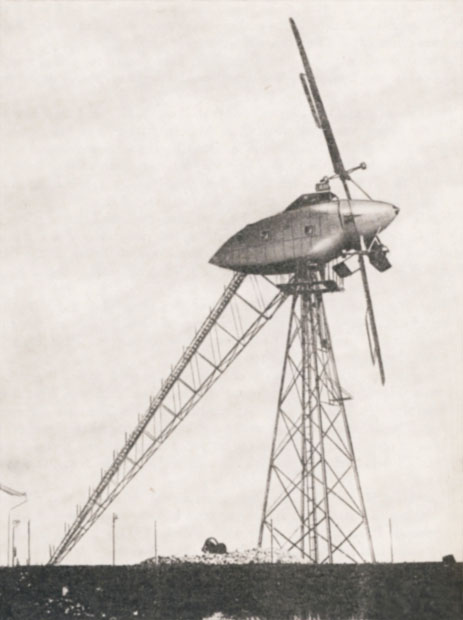
Construction of the wind power began on Mount Ai-Petri in Crimea in 1937. However, in 1938, a decision was made to terminate the design and construction of powerful wind power stations. In the following two years, Kondratyuk had to focus on developing projects for small wind power stations.
Declined cooperation with Sergei Korolev
During one of his visits to Moscow, Kondratyuk met Sergei Korolev, who offered him a collaboration opportunity. However, Yuri declined, most likely due to the fear of exposing his true name and surname. Working on military projects involved strict control by the NKVD. During a background check, the fact of forged documents and his service for the Tsarist Army could be revealed, leading to execution or internment.
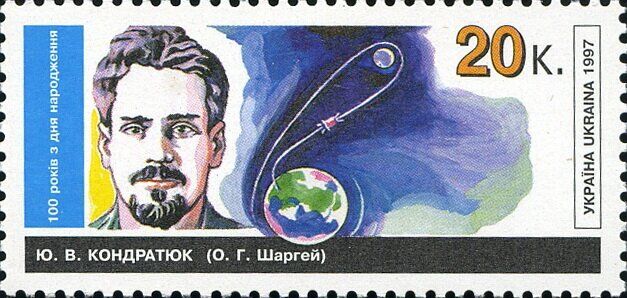
Not officially married and childless
Yuri Kondratyuk’s personal life did not work out. He was never officially married and had no children, at least not officially. He was in love with a woman named Zoya Tsenina, from whom he bought an apartment. They had a passionate romance, but when Yuri proposed to marry, she rejected. He gathered his belongings, moved out of the apartment in Novosibirsk, said goodbye, and they never saw each other again.
Could have received the prestigious Lenin Prize
The designs and drawings of the “Crimean Wind Power Station” were not lost. They were successfully applied during the construction of the Ostankino TV tower in Moscow, which is one of the tallest architectural structures in the world (545.1 meters). The technology was applied by Yuri Kondratyuk’s student, Mykola Nikitin, who received the highly prestigious Lenin Prize in 1970 for this project.
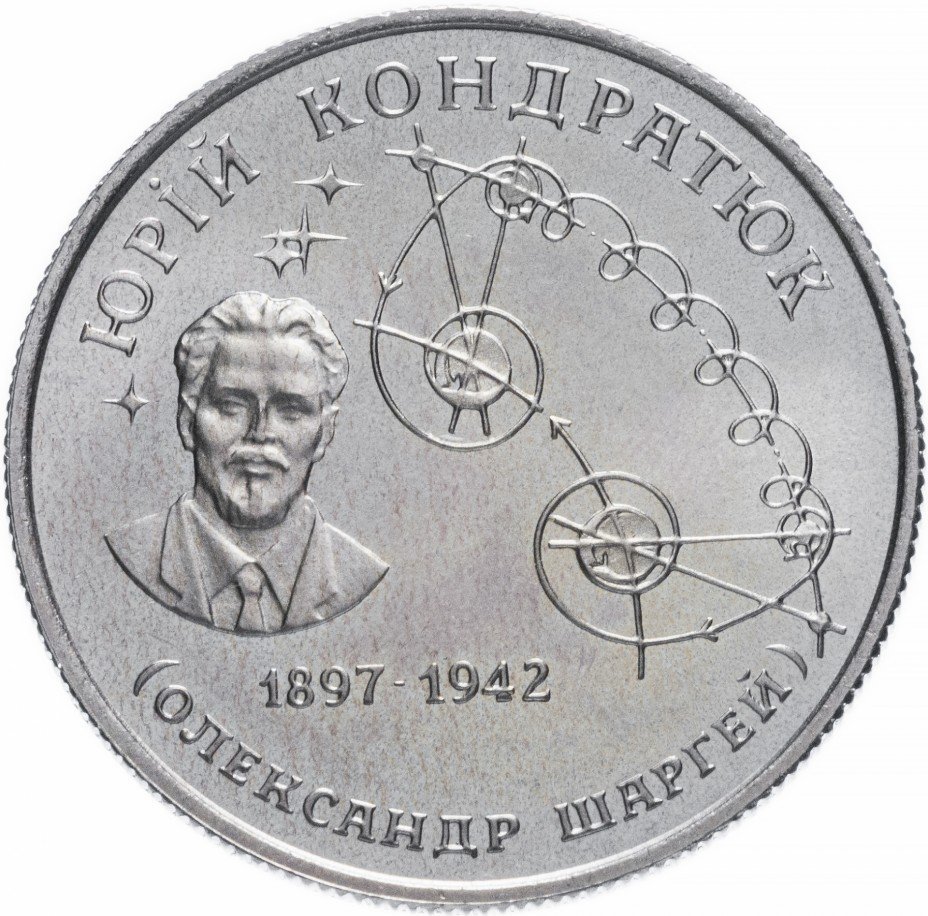
He wrote poetry
Not everyone knows that Yuri was not only a scientist but also a dreamer — he wrote poems. He could respond impromptu to friendly epigrams:
Women do not attract me,
From my childhood, I love nobody but the Moon,
I dream of meeting her,
I invent a vehicle…
I fly to her in a rocket,
As if in my own carriage!
Date of death is still unknown
The exact date of death of the Ukrainian scientist-inventor is unknown. During World War II, he volunteered for the frontline and disappeared without a trace. The letters that Kondratyuk sent to Halyna Pletniova (whom he met shortly before the war) indicate that Yuri Kondratyuk likely died in 1942.
There are three versions regarding the place of death:
- He perished at the frontline. According to the official version, in 1942, during a battle near the village of Borsuky in Kaluga Oblast, Yuri Kondratyuk was given the task of finding a break in the telephone cable, went to do that and never returned. Supposedly, he was then buried in a mass grave. However, there are no documents confirming the fact of his death.
- He fought on the front in the Moscow militia and ended up in Nazi captivity. He had a notebook with calculations related to rocket and space topics. The records caught the eye of one of the experts. Then Kondratyuk was sent to Wernher von Braun, who headed the rocket program of Nazi Germany. After the war, the scientist was taken to the United States. In the new country, Yuri Kondratyuk had to change his name again.
- After Nazi captivity, the inventor, fearing persecution in the Soviet Union, moved to the United States. An article was published in the American Life magazine stating that the Russian mechanic Yuri Kondratyuk died in 1952, unknown to anyone. A copy of the magazine is preserved in the collections of the Smithsonian National Air and Space Museum.

